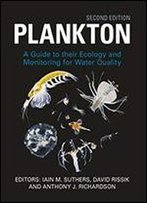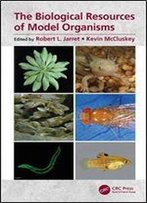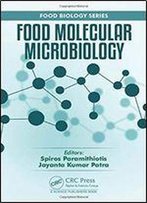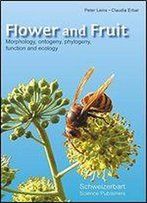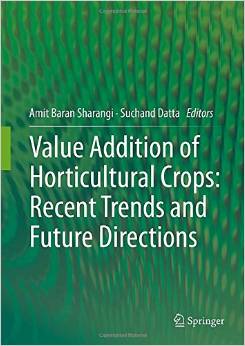
Value Addition Of Horticultural Crops: Recent Trends And Future Directions
by Amit Baran Sharangi /
2015 / English / PDF
6.9 Mb Download
This book combines several ideas and philosophies and provides a detailed discussion on the value addition of fruits, vegetables, spices, plantation crops, floricultural crops and in forestry. Separate chapters address the packaging, preservation, drying, dehydration, total quality management and supply chain management of horticultural crops. The book explains value addition as a process of increasing the economic value and consumer appeal of a commodity with special reference to horticultural crops. Each chapter focuses on a specific area, exploring value addition as a production/ marketing strategy driven by customer needs and preferences. But, as such, it is also a more creative field, calling for more imagination than calculated, routine work. Value is added to the particular produce item when the product is still available when the season is out and the demand for the product exceeds the available supply. Value addition is an important factor in the growth and development of the horticultural sector, both in India and around the world. But very little information is available on this particular aspect of horticulture. Albert Einstein famously said, “Try not to become a man of success, but rather try to become a man of value.” This message is not only true for those people who want to make more of themselves, but also for those who want their creation or product in any form to excel. And it certainly applies to horticultural crops, which are extremely perishable. It is true that loss reduction is normally less costly than equivalent increases in production. The loss of fresh produce can be minimized by adopting different processing and preservation techniques to convert the fresh vegetables into suitable value-added and diversified products, which will help to reduce the market glut during harvest season. Value-added processed products are products that can be obtained from main products and by-products after some sort of processing and subsequently marketed for an increased profit margin. Generally speaking, value-added products indicate that for the same volume of primary products, a higher price is achieved by means of processing, packing, enhancing the quality or other such methods. The integrated approach from harvesting to the delivery into the hands of the consumer, if handled properly, can add value to fresh produce on the market. But most of the fresh produce has a limited life, although it can be stored at appropriate temperature and relative humidity for the same time. If such produce is processed just after harvesting, it adds value and stabilizes the processed products for a longer time. Preparing processed products will provide more variety to consumers and improve the taste and other sensory properties of food. This will also promote their fortification with nutrients that are lacking in fresh produce. By adopting suitable methods for processing and value addition, the shelf life of fresh produce can be increased manifold, which supports their availability year-round to a wider spectrum of consumers on both the domestic and international market. With increased urbanization, rising middle class purchasing power, changing food habits and a decline in making preserved products in individual homes, there is now a higher demand for industry-made products on the domestic market. In spite of all these aspects, only 1-2.2% of the total produce is processed in developing countries, as compared to 40-83% in developed countries. The horticultural export industry offers an important source of employment for developing countries. For instance, horticulture accounts for 30% of India’s agricultural GDP from 8.5% of cropped area. India is the primary producer of spices, second largest producer of fruits and vegetables and holds a prominent position with regard to most plantation crops in the world. The cultivation of horticultural crops is substantially more labor-intensive than growing cereal crops and offers more post-harvest opportunities for the development of value-added products. This book offers a valuable guide for students of horticulture, as well as a comprehensive resource for educators, scientists, industrial personnel, amateur growers and farmers.

